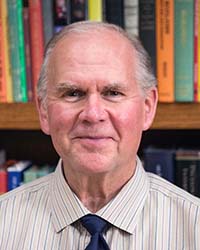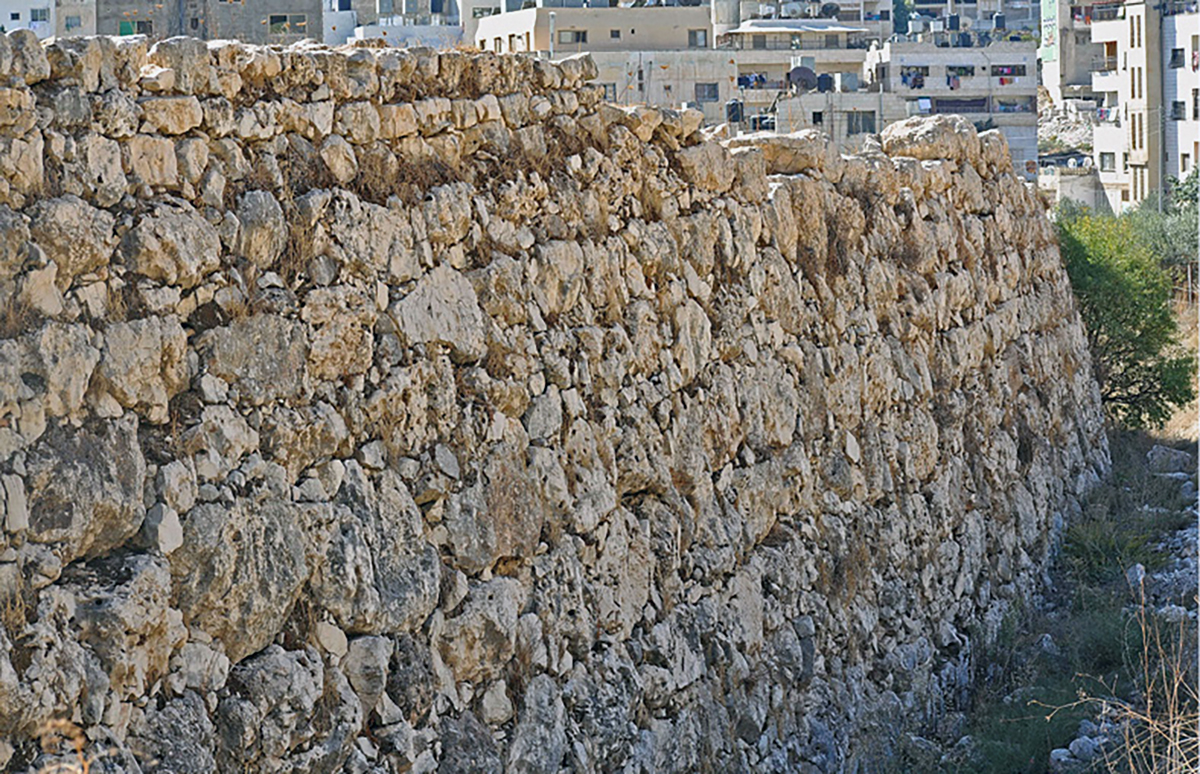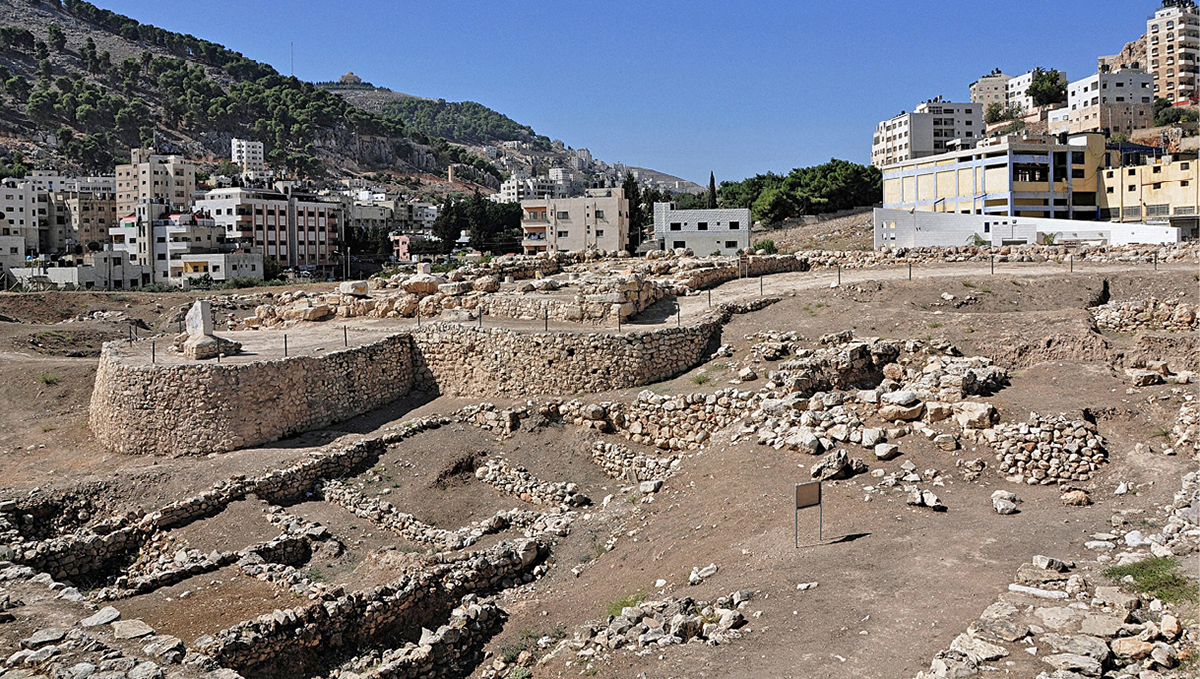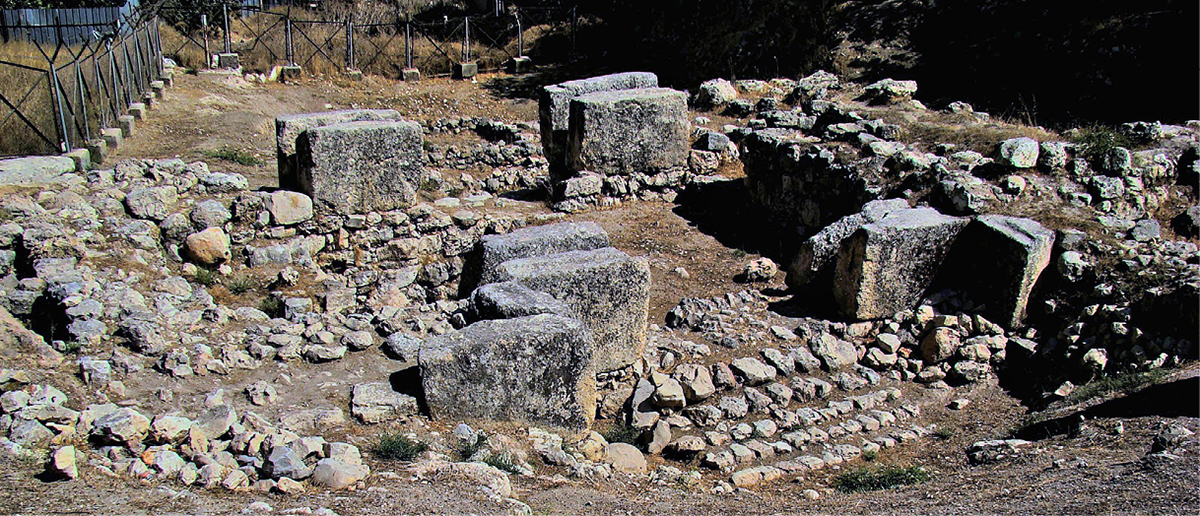

by Leon Mauldin
Shechem (located today in the Palestinian West Bank) has great biblical significance, spanning the ages from Abraham (Gen. 12:7) down through the Babylonian captivity (Jer. 41:5); the site has New Testament connotation, being in the immediate vicinity of Jacob’s well, where Jesus conversed with the Samaritan woman (John 4).
When Abram, by faith, obeyed God’s voice to go to a land that God would show him, he made his way to the land of Canaan and came to Shechem (Gen. 12:6). It was here that God promised, “To your descendants, I will give this land” (Gen. 12:7). At the time, Abram was seventy-five years old, and Sarai was sixty-five. The site of Shechem would turn out to be the location for many important biblical events.
The patriarch Jacob bought a parcel of land at Shechem (Gen. 33:19); it was here to his sorrow that his daughter Dinah was violated (Gen. 34:2). Later, when the family was residing to the south in Hebron, the sons of Jacob tended sheep at Shechem before moving their flocks on to Dothan, where they sold Joseph into slavery (Gen. 37:12-28).
One of the more fascinating events at Shechem was the confirmation of the covenant during the Conquest of Canaan. Shechem is situated between Mt. Ebal and Mt. Gerizim. Before the Conquest, Moses instructed the nation of Israel that when they crossed over the Jordan, they were to journey to this location. Six tribes were to stand on Mt. Gerizim (for blessing), and the other six on Mt. Ebal (for cursing). All the words of the law, the blessings and the curses, were to be read. All the people were to answer, “Amen.” Immediately, after the conquest of Jericho and Ai (Josh. 6-8), Joshua led the people north to these two mountains, where they obeyed God’s instructions (Deut. 27; Josh. 8:30-35). Think about it! At the very spot where childless Abram stood when God made the land promise, now were 601,730 men of war, plus women and children, there to stake their claim on the land (Num. 26:51)!
Shechem, one of the six cities of refuge (Josh. 20:7), would also be the gathering point for all Israel for Joshua’s farewell address. It was here that he challenged the people to fear the Lord and serve Him in sincerity and in truth, and to put away all the idols and false gods that were among them. His own choice has been an encouragement to many down through the years: “but as for me and my house, we will serve the Lord” (Josh. 24:14-15). Their covenant with God was then renewed there at Shechem (Josh. 24:25). Later in that same chapter, a notation is made that Joseph was buried in Shechem (Josh. 24:32).
Shechem was strategically located. “Four main roads converged at ancient Shechem, each connecting to a different region. This strategic crossroads gave the city control over military and commercial traffic. The stretch of road between Jerusalem and Shechem is mentioned in Judges 21:19 and Jeremiah 41:5; it is sometimes portrayed as dangerous (Hos. 6:9)” (Lexham Bible Dictionary).
Shechem (Tel Balatah), is also known as Nablus. (Nablus is the largest Arab city in Israel). Our photo shows the remains of the temple (Baal-berith of the Abimelech narrative, Jud. 9:4), with the slopes of Mt. Gerizim (left) and Mt. Ebal (right). The Samaritan woman referenced “this mountain,” meaning Gerizim, when she conversed with Jesus at Jacob’s well (near this site [John 4:20]), at the place she had been erroneously taught to worship. We also include a photo of the surviving stonework of the East Gate of Shechem, as well as a section of the northwest wall, which dates to the Middle Bronze Age.

Image-1 Caption: A section of the NW of Shechem, which dates to the end of the Middle Bronze Age (ca. 1650-1550).

Image-2 Caption: Remains of the Baal-berith temple at Shechem, with the slopes of Mt. Gerizim (left) and Mt. Ebal (right).

Image-3 Caption: Surviving stonework of the East Gate with stairs leading down into the city of Shechem.

Leon Mauldin
Leon has worked with the Hanceville church of Christ in Hanceville, AL for 31 years. He and his wife, Linda, have three children and nine grandchildren. The church website is hancevillechurchofchrist.com. His websites are leonmauldin.blog and mauldinbiblelandtours.com. He can be reached at leon.mauldin@gmail.com. (Leon’s tour for Greece/Turkey, “In the Steps of Paul and John,” was rescheduled for Oct. 5-16, 2020).